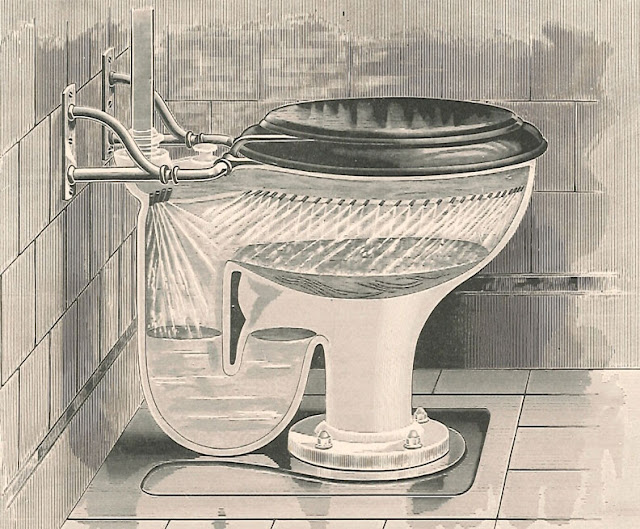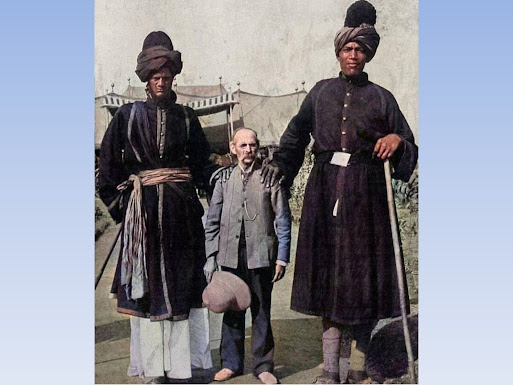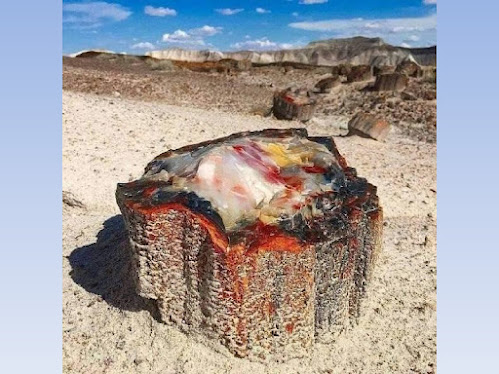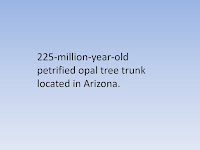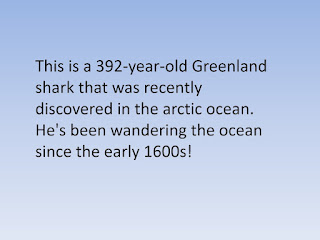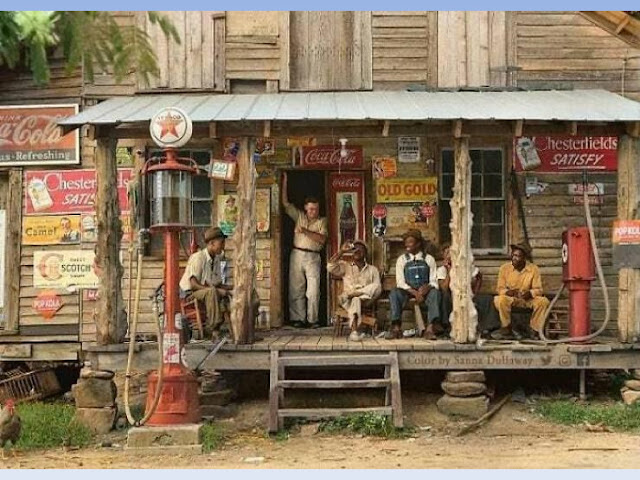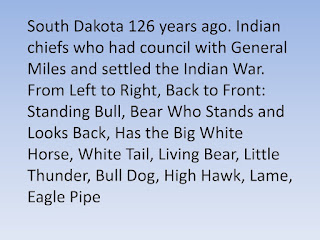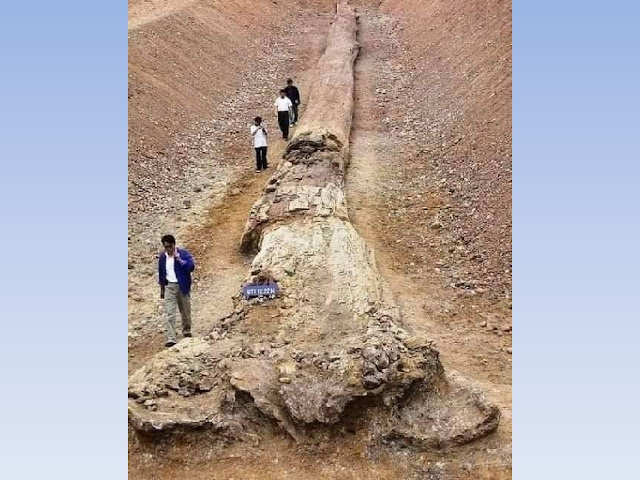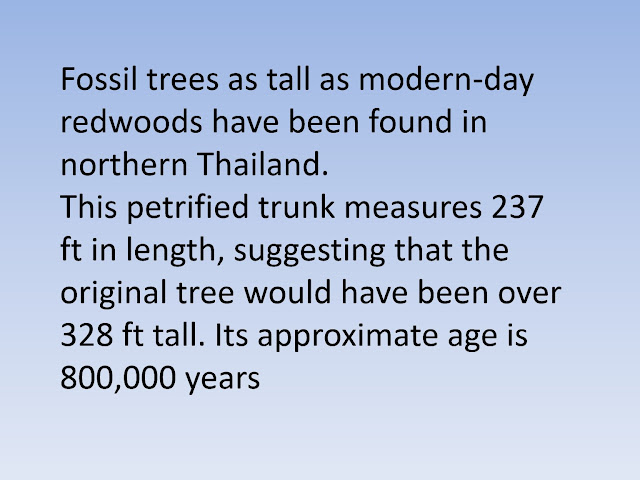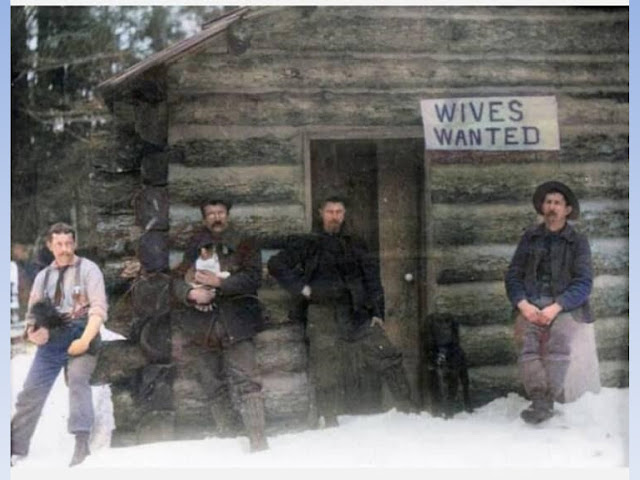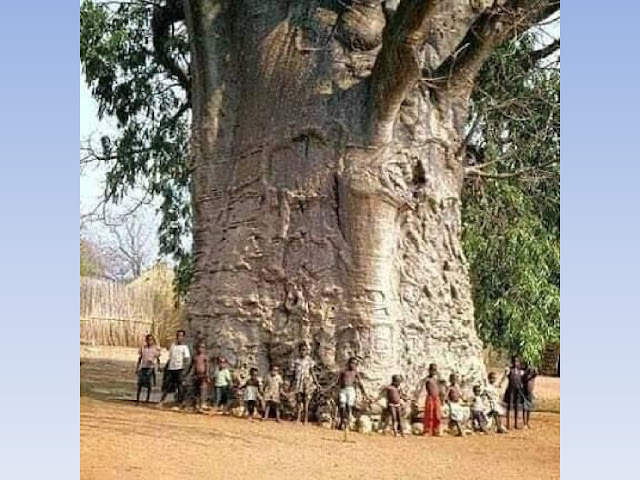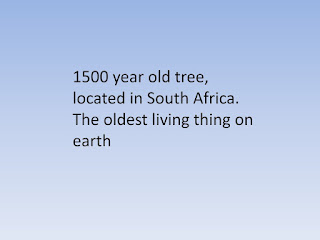 |
| Martha Brown Sanders Knight |
Sunday, April 30, 2023
Sanders Saga ~~~ 1981
Saturday, April 29, 2023
Friday, April 28, 2023
Making History In Utah This Month ~~~ April 2023 ~~~ Aurora Borealis
Thursday, April 27, 2023
Wednesday, April 26, 2023
Tuesday, April 25, 2023
TOUCHES ON TIME ~~~ Wilma Morley Despain ~~~ Centerfield, Utah ~~~ First Place Essay ~~~ Saga of the Sanpitch
Like a mill dam opened, some of my prized memories of early childhood flood the beaches of my valley home today. Here in this, one of few, quiet places where the whine of freeway has not reached suburbia, I look into my valley and see simulated cowboys and Indians playing at pioneering. They do this one day a year to commemorate the day our brave settlers of so long ago reached this oasis, this haven from the persecution of mobs, of being driven from county to county and from state to state.
The day Brigham Young, a second Moses, looked down upon another valley and said, “This Is The Place! This is the place at last, where the devil cannot dig us out!” These loved ones, who have never really left us, needed more room, more land, and more products that could be supplied from new areas, new land, to complete the economy and provide jobs for all. This ‘second place’ for many of my own, this valley was not founded or settled by men, or Mormons, who felt they were “Holier than thou,” but by those who were ‘thriftier.’ There was no ‘placed domesticity’ waiting for them here, they had to build it and dig it out of a vast sage plain that had giant steps that fell from the mountains.
Then, as now, the compensations of just seeing ‘this place’ of wild beauty, of unbroken silence, of lilac mountain guards, with white shawls upon their big shoulders, paid enough then to those who endured until they found it. Like all pioneers, they had heard the clock of history strokes and they had counted the strokes, everyone!
There were told to ‘go,’ and they did just that, with little else but willing hearts and their newfound faith. Though the time of year was premature and in the dead of winter, they started their new homes at a sacrifice of lives and equipment and finances. They were cold, hungry, and in despair many times. Yes, some even dared to doubt, but they beat their doubts into plow shares and plowed them under the desert earth. They used dung of cattle and buffalo for fuel when snows were so deep that they could not log from nearby hills. Their adobes, made of prairie mud and sod of valley were called ‘desert marble,’ their hard-packed dirt floors were swept with corn husk brooms. Their floors, like their adobes, were concrete hard because they were baked by desert wind and sun.
They heard the fluting of the frogs and the whine of desert insects that rose from belly-high, lush grasses in summer. They heard the lonely howl of wolves and coyotes, and other animal predators, who also hunted to seek out a living in winter. The barbed wire did not ring their portioned-out land then, like protective moats. Fences were not used until land grabbers and homesteaders killed off most of the cowboys and turned them into ranches. Herds roamed at will and everything was shared.
Against the odds of nature they planted, they reaped and they succeeded. They learned to hold the water, after high places had released it from winter storage, then turned it into ditches and furrows to relieve the blistered earth, all this they did at a given time and given day for their water turns. They built on firm foundations from nearby logs and from stone from ‘soon to be’ holy, oolite hill. They built schools, Temple, churches, and homes until it became the most beautiful city in the world, to them, and not in just the West.
The courage of ordinary people built an extraordinary city in spite of all these hostile elements! Like Samson, in his blindness, they were of the blind who will not see any fault in what they love, and they forged ahead in spite of all the obstacles that they should have seen, and given into. This “second place”, this unbearably picturesque valley, came to me, not on a silver platter, but on hard-won land made livable to tools used by my own. The land was preordained to be kept hidden and saved for those who would pay the price.
I do have not many landmarks in my great-grandparent's world, they take me too far back and many have been lost to us through neglect. Such lovely homes and businesses, Temples built in Nauvoo and Kirtland. Land and homes in Far West and Quincy and many more things that had been theirs Wealthy, they left it all behind or had given it to the cause of freedom to worship as they chose. They left it to carry this newfound, precious gift of life and light to me and mine.
We say we are grateful for it. But can our gratitude for all the aforementioned be portrayed in one day a year, in parades where bands play, where marchers march with proud steps and stances and chests out like proud, strutting, pewter pigeons? It is well to honor them publicity, it is only proper that we do, and to sing and dramatize their brave deeds, but what of the writing of these stories, tributes, and eulogies to their fair names? What about the research required for their history and genealogy? It can be lost if told only by word and action. Can the precious rooms of my dear, little grandmother, Anna Maria, be staged, with proper props, in the pageant? These rooms she flavored as her rose-petaled sachet bags flavored her handkerchiefs and under things. Could it ever portray her poetry of lace, quilting, rug-making, beaded gloves, and expert seamstress sewing and tailoring? No, it must be written down, for those who come after, to cherish and remember.
Can the spotlight show her leaning figure as it bent above the flame to make food sweet for loved ones, even in later years with her fine old hand and pain-disabled knees? Can beauty queens on floats show their gentility, inherited and incurable, and given freely to others? She walked like a queen in her hand-sewn calico gowns, her crown was of ebony-streaked silver when I first remember her. She was wrinkled even then, like a folded bulb, but her dark eyes and gentle laughter kept one from noticing that she was not as young as she sounded. Can simulated trials and hard labor portray her fashioning buckskin gloves from deerskins tanned by her own hand? By her working salt and the animal’s brains into the bloody hides and then twisting and chewing until it was soft?
Can I, one of the keepers of the keys, one of the beneficiaries of this unique legacy, ever write enough or light an eternal flame that is worthy of their love, their sacrifices, that the years cannot consume? These treasured memories that hearts and minds should not jettison, were given to us by love’s largess. Neither time nor rust can destroy them if we will keep them alive by writing and telling about them.
Sometimes, in the placid sweetness of my life, and of the writing of and reading the dear pages about my forebears I wonder if they came west to join their newfound religion or to endure it? They smoothed the way and our duty and way are clear. We should celebrate, yes, but also teach reverence, respect, and humility for the ones who have gone before. I try again to establish the present and the present moves on because before I can say, “I am,” “I was!” The wind has magic in it, and the air is full of birdsong because I hear the sweet shower of notes from them as they rise, to greater heights. Magpies fly about and return, like ranging dogs, to check on me, for they are sure that I am lost too! The sky is so hurtfully blue, with the sun at the summer solstice, and the days still roll across from canyon to canyon. Being a woman of all seasons I should not cling to each one and dread seeing them creep back and forth and watch the sun slowly creep southward again with the fear of a cold blast. Why? Because even in winter months my valley can keep gulping sunsets that are literally fired on high.
In this desert Eden of mine where these same indescribable unmatched anywhere, western sunsets will be mirrored like fire in the same tumbling streams that mirror deer that gather to drink from the banks. My little Grandma, my Maternal Love, used to say, “The latch string is always out, but for times when we need to pull it inside for safety and for solitude and rest.” On a day like today, she left her valley, her mountains, a tired little lady, but very well content. She just pulled in the “latch string” and went to sleep. So let it be here in our valleys, that is where peace begins, at home, and may we, in all our grasping and getting remember what we have got, by preserving it, preparing for those to still come, with welcome on the mat and “latch string never pulled in!”
 |
| Wilma Morley Despain, 77, died March 9, 1992 in Bountiful, Utah. |
Monday, April 24, 2023
Henning Pedersen Pihl Biography ~~~ by Sylvia Randall Peel

Sunday, April 23, 2023
Random Photos From the Mt. Pleasant Pyramid
 |
| L to R: Kendra Jenson Kami Jenson, Milinda Morley ~~~~~~~~~~~~~~ |

~~~~~~~~~~~~ Lida Jensen 80th Birthday |
Saturday, April 22, 2023
Friday, April 21, 2023
THE THUNDER MUG ~~~ By Owen Sanders (from our archives)

Thursday, April 20, 2023
Wednesday, April 19, 2023
Tuesday, April 18, 2023
Monday, April 17, 2023
Sunday, April 16, 2023
Alma Zabriskie and Mamie Margaret Tidwell Zabriskie (from our archives)
Alma Zabriskie Mamie Margaret (Tidwell) Zabriskie


























.jpg)


